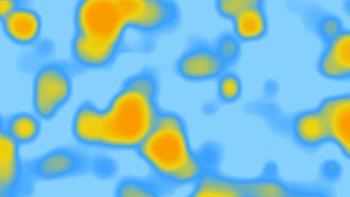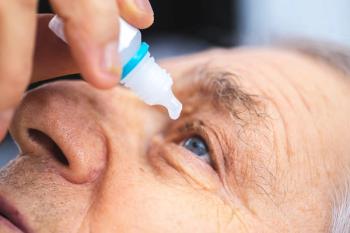
VEW 2022: The virtual reality of visual fields
Mitch Ibach, OD, FAAO, shares highlights from his VEW 2022 presentation, "Visual fields, a virtual reality."
Mitch Ibach, OD, FAAO, optometrist with Vance Thompson Vision in Sioux Falls, sat down with Optometry Times® editor Kassi Jackson to share hightlights from his presentation, "Visual fields, a virtual reality," which they presented during this year's Vision Expo West in Las Vegas.
This transcript has been lightly edited for clarity:
Jackson:
I'm joined today by Dr. Mitch Ibach, optometrist with Vance Thompson Vision in Sioux Falls, South Dakota. He's here to share highlights from his discussion titled, "Visual fields, a virtual reality," which he is presenting during this year's Vision Expo West in Las Vegas.
Would you please just share with us the key takeaways from your presentation?
Ibach:
In 2022, we have more and more glaucoma patients. We have a growing, aging population, and there's going to be more of a demand for managing glaucoma in optometry as a whole.
I think managing glaucoma in 2022, at minimum, you have to have 4 pieces of diagnostic technology: 1) you have to be able to measure the eye pressure, 2) you have to be able to look at the optic nerve with a lens..., 3) you have to have an OCT of the retinal nerve fiber layer in ganglion cells, and 4) then you have to have some type of perimetry or visual field.
And that's ultimately the functional tests that our patients care about; that's what they don't want to lose.
And so this lecture is really a focus on visual fields as a whole. We'll talk about being able to answer the question of when to order a visual field, how to interpret a visual field; we'll look at the subsets of visual fields in patients with maybe neurologic conditions like stroke, we'll look at some retina conditions and how they affect the visual field. And then the meat of the discussion will be spent in glaucoma.
In glaucoma we'll talk about the initial kind of visual field defect monitoring for progression: is it a reliable field/something that we can gain value from? And then what's new in visual fields, because this is a changing space. There's some exciting new technologies that are coming to market. I don't think those technologies will replace what we currently have, but hopefully it can be additive and build on it, maybe allowing more patients to take visual fields and more doctors to be able to employ them.
Newsletter
Want more insights like this? Subscribe to Optometry Times and get clinical pearls and practice tips delivered straight to your inbox.







































